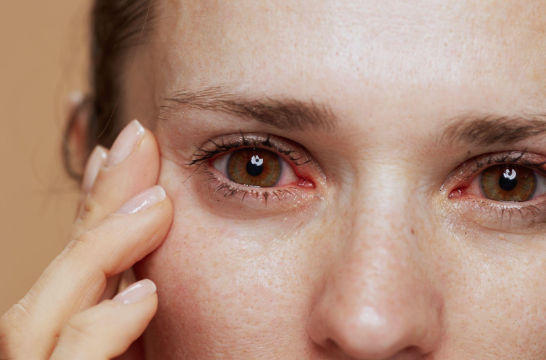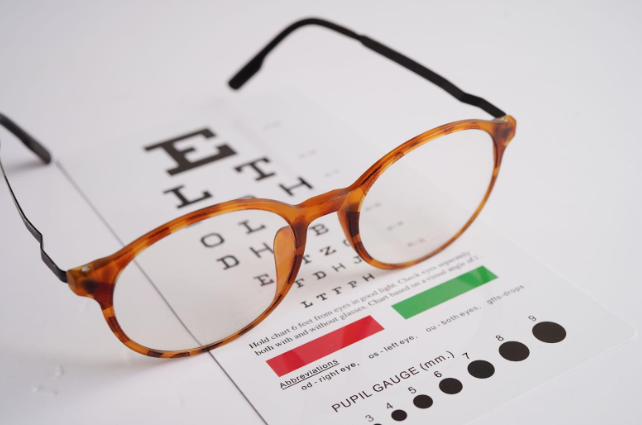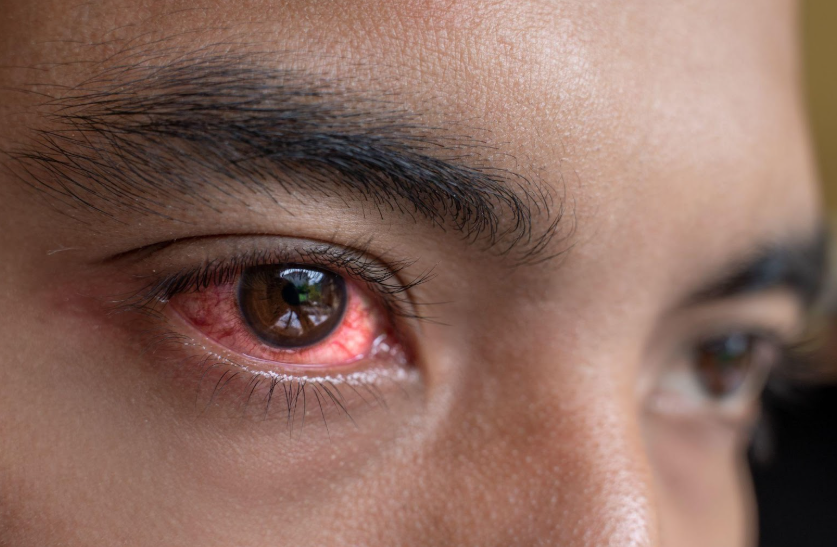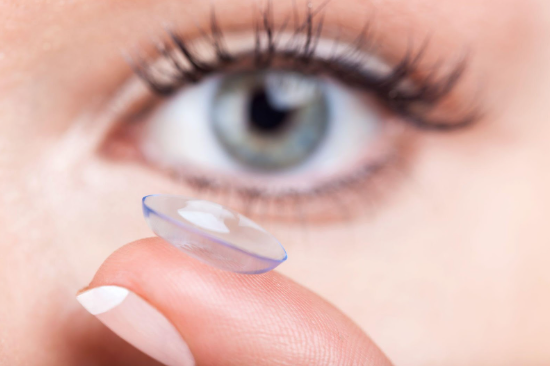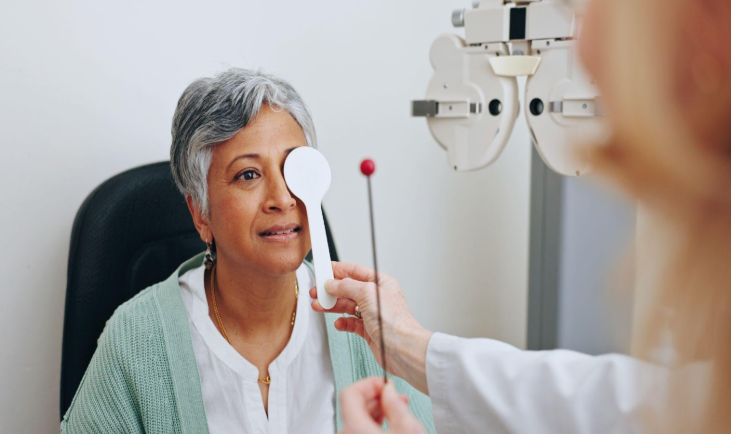Our eye is a like a camera – and the windshield to our eye is called the CORNEA. The cornea has several layers, like an onion. Disease, infection, or injury may damage your cornea as we age. If that happens, scars or discoloration can form.
This damage can block or distort light as it enters your eye. Cornea disorders can include the following:
- Dry Eye
- Infections from bacteria, viruses, and acanthamoeba
- Scratches on the cornea from trauma
- Corneal dystrophies: Corneal dystrophies are genetic disorders that are inherited. They usually affect both eyes. Different layers are affected and result in different degrees of vision loss and sometimes pain. Examples of dystrophies include granular dystrophy and Fuch’s dystrophy
- Keratoconus:
- Non-inflammatory, degenerative disorder of cornea characterized by progressive ectasia & stromal thinning
- Reported prevalence of 1 in 2000 in the general population
- Begins in early adolescence and may progress into 20’s or 30’s
- May continue into 40’s if eye rubber
- Associated with Down’s syndrome and eye-rubbing
- Familial predilection
- If you have any of these conditions, there are procedures that can help.
- One of the latest is called Corneal Cross-linking surgery which is used in patients with Keratoconus or corneal ectasia.
What Is Corneal Cross-Linking?
Cross-linking is surgery to treat a weakened or warped cornea caused by either keratoconus or post laser vision correction ectasia. The cornea made of sheets of collagen. In keratoconus or other forms of ectasia, the bonds between the collagen sheets are too weak. As a result the cornea starts to bulge, causing poor vision that cannot be corrected by glasses or regular soft contact lenses. In some patients with advanced disease, their corneas may rupture, causing a scar, and resulting in the need for a corneal transplant.
Corneal Cross-linking is a minimally invasive outpatient procedure for the treatment of progressive keratoconus. The goal of the procedure is to stiffen the cornea to slow or prevent further progression of the condition and preserve your vision. The cornea is strengthened and reinforced by “cross-linking” new collagen fibers.
What to expect during a Cross-Linking procedure?
Here’s what to expect during procedure which is done in the office:
- While lying down, you will be given drops to numb your eyes.
- Your ophthalmologist first removes the thin, outer layer of the cornea (epithelium). This allows the medication to reach deeper into the cornea. As a result of the numbing drops, you should feel no pain.
- Vitamin B (riboflavin) eye drop medicine is applied to the cornea for about 30 minutes.
- Next, a special device shines a focused beam of UV light rays at your cornea for close to 30 minutes. The light activates the riboflavin in the cornea. By doing so, your cornea’s collagen fibers can form new bonds.
- A bandage contact lens is placed over the eye(s). This helps the cornea heal. The bandage lens is left in place for about a week.
Corneal Cross-Linking Recovery
During the first week while your eye is healing, it is important not to rub your eyes. You may have discomfort for a few days. Your ophthalmologist will give you medication for discomfort if needed. As part of the healing process, your doctor will put a contact lens in your eye. In the event that it falls out, notify your doctor. You should not try to put it back in. If your eyes are sensitive to light, you may want to wear sunglasses. Some people will experience inner eye discomfort in the beginning of wearing contacts as well. Overall recovery time will vary by individual, and your doctor will let you know when to resume normal activities. Most people can get back to their normal daily activities within 1-2 weeks of cross-linking.
Think you may be a candidate for surgery? Contact our office and request an appointment at one of our locations. Call 516-785-3900 (Wantagh office) or 516-541-4141 (Massapequa office).Our ophthalmologists will talk with you about the risks and benefits of corneal cross-linking surgery. Insurances often cover the procedure. Financing is available for those patients who require it.
Sources:
Corneal Cross Linking,
Cornea,
Corneal Cross Linking (CXL)
